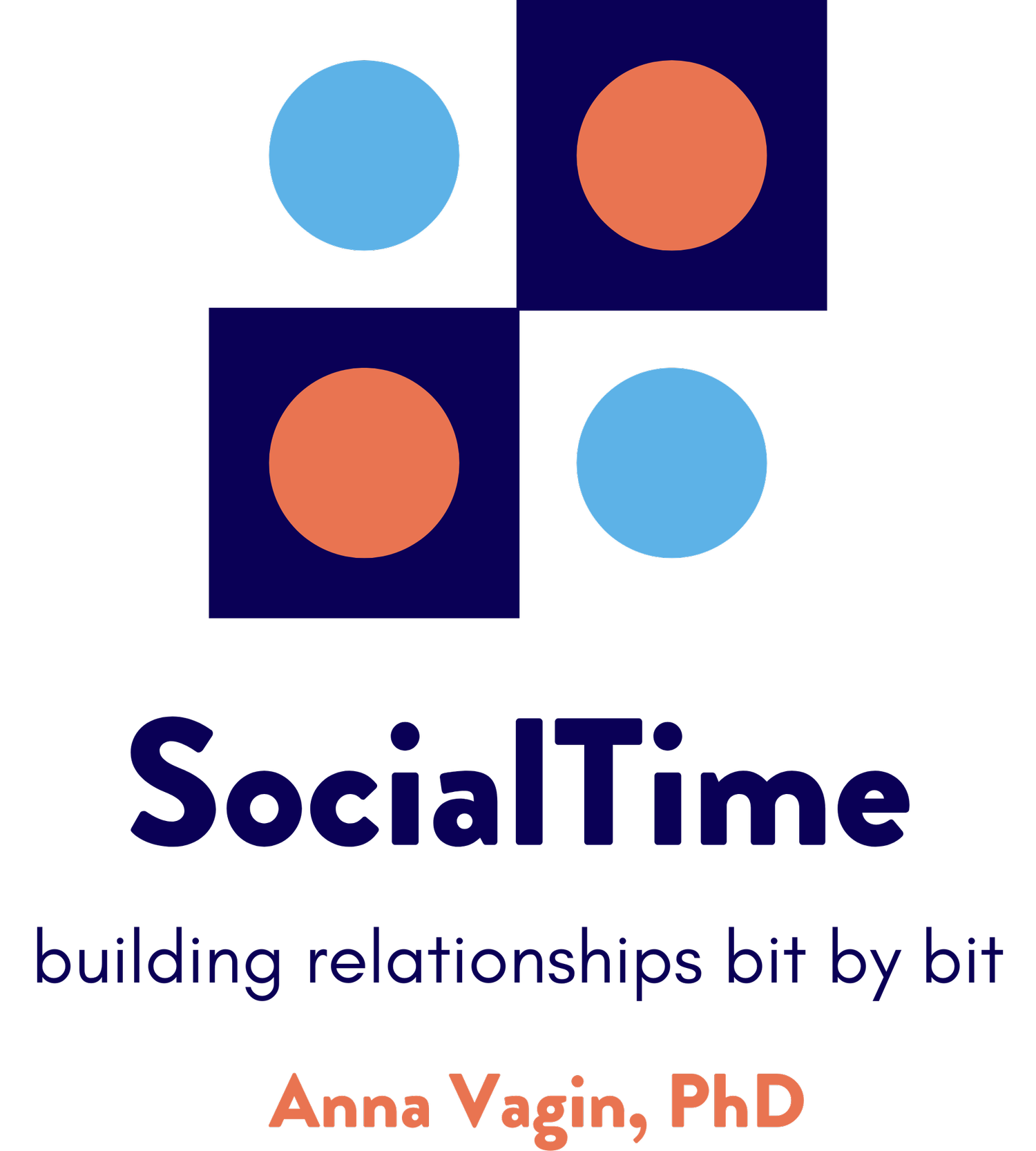Focusing on strengths in conversation gives us an important starting place.
As I write this, I’ve just returned from 4 days at the CSHA (California Speech Language & Hearing Association) conference. So great to meet in person! This year, I noticed several themes cropping up across presentations: the far-reaching effects of COVID and a continuing appreciation of strength-based assessment and treatment. In some ways, these two go hand-in-hand. After all, in times of stress and anxiety, don’t we all appreciate being seen as individuals with strengths that we share with others and draw upon when resilience is required?
Our field has long been housed in a medical model – looking at a student with a view of what is “wrong” or “missing” or “needs to be fixed.” But in recent years, the emphasis has been shifting – to considerations of what is “working” and “important to the student” and “done well.” Using this much more optimistic view, our role is to find strengths and build upon them/utilize them as starting points from which to develop new abilities. Why is this so important? When we focus on positive characteristics, abilities, and experiences rather than the negatives, we empower our students to believe that change and growth are possible, that they have the ability to make change and growth happen, and that what they do well is noticed and appreciated.
In my last blog, I talked about exploring converging and diverging information about our students’ conversations, including important questions to consider regarding student strengths. This time, realizing that our sessions are part of an ongoing assessment process, let’s look at some specific examples of how strengths can relate to therapy activities:
I work with a high school group in which each student has a great sense of humor. A great activity to practice conversational engagement has been my Staying Engaged in Boring Topics practice activity. They love taking turns to come up with a “wacky” topic they all need to talk about for 1 minute. Tacos. Mini-golf. Even paper clips (particularly funny conversation!)
Another group of 8th graders loves listening to music and watching music videos, so we had conversation with the “tell me your favorite songs” agenda. I was so impressed at their knowledge about this subject, as well as how they smoothly justified their top picks. Everyone had an opinion! And everyone was able to practice accepting the opinions of others even when we might not agree with their picks.
Do you have any “doodlers” in your caseload? Students who focus better when their hands are busy, maybe sketching or making squiggly designs. In preparation for playing restaurant, I had four 4th graders collaboratively design a sign – with the name, menu choices, etc. The ideas were flowing, and so was the conversation! Remember, conversation isn’t only about eye contact!!
All students have strengths in their conversation skills, we just need to look. And when we place our clinical activities in line with those strengths, we raise the likelihood that students will be more engaged, enjoy their sessions more, and, perhaps most importantly, experience the fabulous feelings that come from the spontaneous and organic conversation – that sense of connection and attunement that is the core of social interaction. Some of our students may have few social contacts with whom they can have such positive experiences. Our sessions may be the only place where they are supported to show their best, use their strengths from which to explore new skills and feel positive about their growing conversational competence.
Happy Spring to all,


